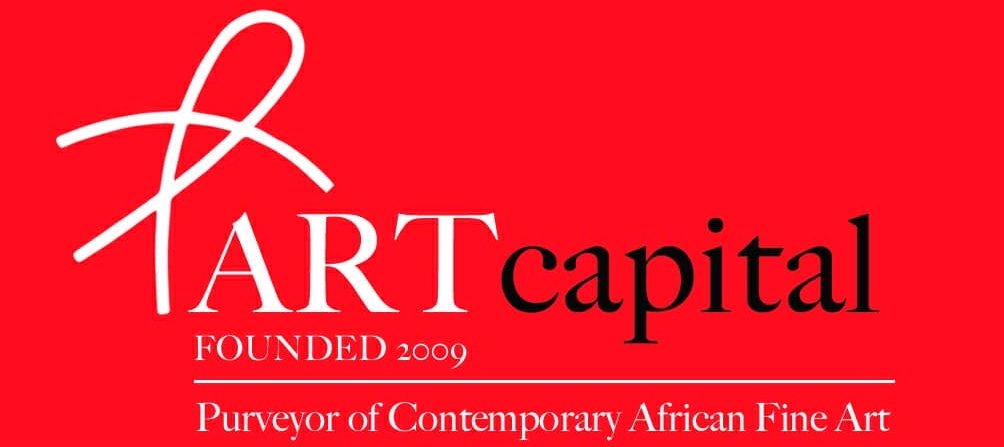By Nii B. Andrews.
By the mid 17th century, slavery was illegal in the Netherlands and the Dutch Golden Age was well underway.
Art permeated all sections of Dutch society particularly as the nation became a world leader in science, commerce, art and military might.
Amsterdam had a vibrant community of free Africans in the 17h century, many of whom lived near ‘Jodenbreestraat’, close to the famous artist Rembrandt’s house.
Members of this community may well have provided models for the growing numbers of Dutch paintings that began to include African subjects at this time.
It was in this social context that Hendrik Heerschop worked in Haarlem, Netherlands.
He created genre scenes (biblical and historical subjects), and painted in the style of Haarlem Classicism.
Among Heerschop’s works was an enigmatic portrait of an African king; it was not a portrait of a living African king.
But we can be almost certain that it depicted the features of a free African person, not an idealized model. Today the sitter remains unknown; his identity has been lost.

Titled THE AFRICAN KING CASPER, it refers to one of the three Magi who participated in the adoration at Bethlehem.
This event is marked as Epiphany, the first major Christian event of the year which falls on January 6 each year – the twelfth day after Christmas.
In the Eastern Orthodox Church, it marks the baptism of the Galilean Master in the River Jordan.
At the adoration, King Melchior – the oldest magi, brought gold to represent the infant’s regality.
The second oldest magi, King Caspar, brought frankincense to represent the infant’s divinity, while King Balthazar, the youngest magi, brought myrrh to represent the infant’s humanity.

It is interesting that some European artists in the 15th century had reportedly represented Balthazar, the youngest of the three kings, as an African. These included Jan de Beer, “Adoration of the Magi” (1518-1519); and Andrea Mantegna, “Adoration of the Magi” (about 1495–1505).
In Heerschop’s painting, The African King Caspar is holding his gift of frankincense within the precious vessel between his hands.
Is the vessel made of brass or clay?
If it is of brass, it could reference the “kuduo” containers from the ancient Akan canon; and if made from clay, its fragility could portend the traumatic events to follow over three decades later.
Within the conundrum of an increasingly toxic and racialized social narrative in Europe during the period when the painting was executed there; The African King Caspar, provides an alternative, enlightened, optimistic and saner perspective of a better world – a world ruled by reason and permeated with practical fraternity.
And that is what we all need at this time.

[*****Ornate, cast brass vessels known as kuduo were the possessions of kings and courtiers in the Akan kingdoms. Gold dust and nuggets were kept in kuduo, as were other items of personal value and significance.
As receptacles for their owners’ kra, or life force, they were prominent features of ceremonies designed to honor and protect that individual.
At the time of his death, a person’s kuduo was filled with gold and other offerings and included in an assembly of items left at the burial site.
The elaborate form and complex iconography of this kuduo reveal the broad range of aesthetic traditions from which the Akan peoples have drawn to create their courtly arts. A latch mechanism on the exterior reflects the value of the materials kept within and alludes to the vessel’s symbolic function of keeping its owner’s kra secure.****]

Good morning.
Very interesting. Grateful for the rich historical account.
Many people from Elmina are the descendants of the Dutch who colonised the area (after the Portuguese) and they bear the family names of their Dutch forbears.
Some of them, through the work of some contemporary Dutch historians and researchers, have been able to trace their living Dutch relatives in the Netherlands.
I am tempted to enlarge and frame this superb piece of art as a salute to my own Dutch heritage
Trust me to spend time just studying and reacting in phases to any piece of art that really grabs and inspires me. This is a really skilled piece of portraiture.
It is so life-like .Note not only his engaging eyes but his characteristic thick upper lip.It is so realistic.
I also love the fact that as an African his get-up—(clothes and jewellery alike ) illustrates the fact that some Africans living in Europe in previous centuries became very successful and prosperous; men of distinction in fact!
Regarding the kuduo,I think it is an item worthy of inclusion in one’s art collection.
I have one that may not be centuries old; but I am still attached to it
I like when the articles are so informative & leave me thinking…..TYFS….🙏🏾🙏🏾
Impressive. I am running with this. Much appreciated
Fascinating story about the portrait. Thanks for sharing!